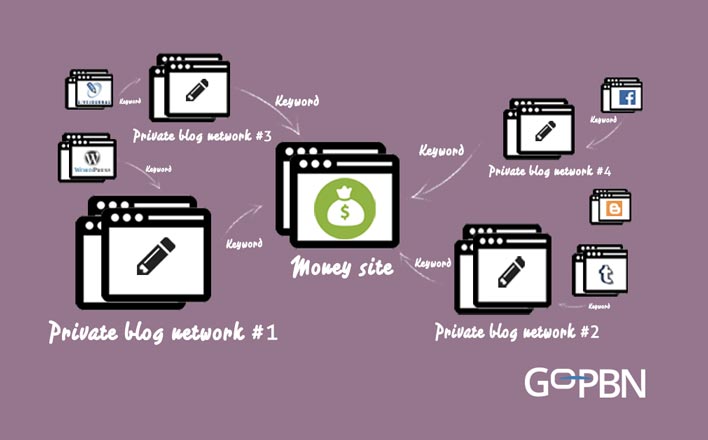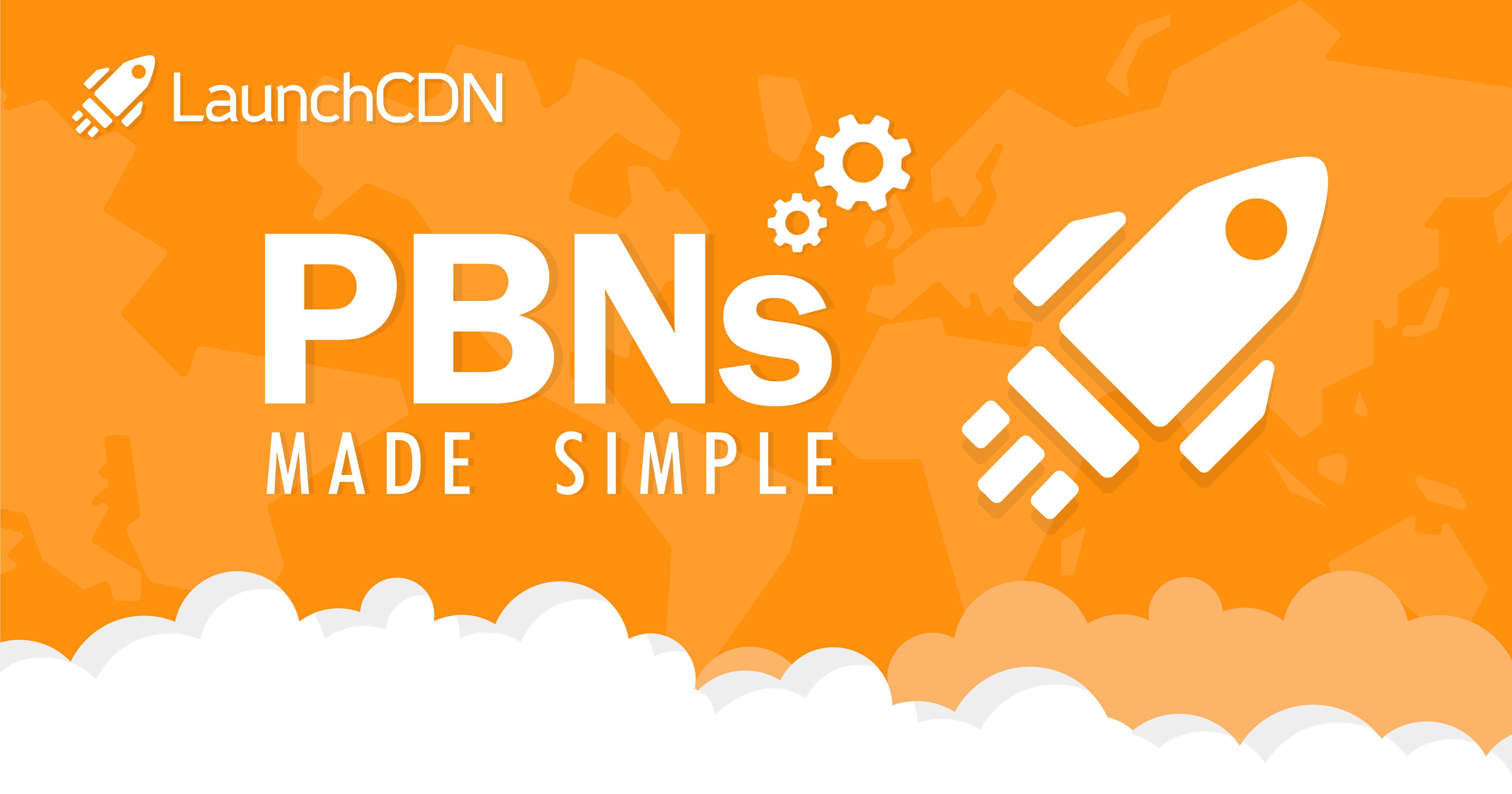All Categories
Featured
Table of Contents
- – How Much Should I Pay For Semantic Keywords?
- – The Leading Semantic Seo Platform To Get
- – What Is The Top Semantic Seo Guide Program?
- – Who Has The Most Recommended Best Semantic Se...
- – What Is The Leading Semantic Seo Best Practi...
- – What Is The Most Affordable Semantic Seo Con...
- – What Is The Most Suitable Semantic Seo Conte...
This is since search engines have advanced and are moving more and much more towards checking out web content on the web. Of training course, that has additionally changed the means we produce material, particularly if we want to place better in the search engines.
, the leader of the Web, talked of to stand for the idea that all things in deep space are deeply interconnected. Intertwingularity is not usually acknowledged, people keep claiming they can make points deeply ordered, categorizable and sequential when they can not. Whatever is deeply intertwingled. Based on the relationships in between search purposes, the online search engine favors a material ready by determining the range in between the vectors of meaning.
It allows you to see, beginning from a subject, all the entities that belong to that topic. In this manner you can clearly see which entities/concepts/ideas have actually currently been covered on your website, and you can find brand-new opportunities by recognizing what material you can include and how to develop it.
How Much Should I Pay For Semantic Keywords?
It is able to make your material easy to understand for search engines on the one hand and for your audience on the other. Structuring your web content model highlights your content and its hidden relationships to make sure that search engines can recognize you among numerous pieces of information, making you more noticeable to customers that fulfill the search intent relevant to your service.
In semantic search engine optimization copywriting, an editor begins from a more comprehensive series of subjects and customizes the content to include semantically appropriate terms and expressions that aid visitors comprehend a topic, similar to reviewing content in a wiki. From a content creating point of view, one functional means to do this is to create a vocabulary of terms and concerns surrounding your target topic.
The Leading Semantic Seo Platform To Get
Find out more concerning by seeing the by!.

Semantic search refers to the procedure of how search engines understand and match key words to a searcher's intent in organic search engine result. Before semantic search, online search engine like Google ran like matchmakersaligning certain words in your query with those precise words on pages. The outcomes were straightforward yet frequently did not have depth.
What Is The Top Semantic Seo Guide Program?
It allows Google to use fast, accurate responses to search inquiries about real-world subjects. When you type a question word into Google, you're not just getting in a sequence of words. You touch into an intricate internet of definitions and connections. Google's Understanding Chart sees these words as entities with context and relationships.
When you browse for "Apple," Google doesn't just see a word that describes a fruit. It identifies Apple as a firm and can provide relevant info. Like the name of its chief executive officer, Tim Cook, or its newest supply prices. Google announced the Hummingbird update in 2013. It was Google's response to the increase of voice searches, where questions became more conversational and nuanced.
Who Has The Most Recommended Best Semantic Seo Tools?
By integrating NLP, Hummingbird permitted Google to relocate beyond plain keyword matching. It aided the online search engine comprehend search intent, boosting the chances that results would precisely match the reason behind a customer's search. As the third most vital ranking factor after material and web links, RankBrain has enhanced Google's semantic search capabilities to recognize the definition of search inquiries.
Making it much more efficient at managing never-before-seen search inquiries. RankBrain takes into consideration even more than just keyword phrases when assessing a search query.
So it brings outcomes that match the keywords and line up with the general intent of supplying young puppy training recommendations. And if the customer frequently looks for dog-related web content, Google could prioritize extra thorough training guidesrecognizing the user's ongoing interest in the subject. Incorporating innovations like the Understanding Chart, Hummingbird, and RankBrain, semantic search aids the Google formula translate and connect information across a vast internet of information.
What Is The Leading Semantic Seo Best Practices Manufacturer
The focus changes from keyword selection to an alternative approach encompassing customer intent, topical significance, and total individual experience. Developing content that attends to the searcher's needs with thorough details can improve your SERP rankings. Below, we describe the patterns and practices that combine the need for semantically informed web content. Later, we offer workable tips to turn these understandings right into finest practices.
A more comprehensive technique to material aligns better with semantic search's shift away from specific key words matching and toward customer intent. Material that covers search questions more completely not only satisfies individuals.
UX aims to develop a visually attractive, straightforward user interface with appealing, quality content that urges visitors to remain. Semantic search modern technology makes it possible for search engines to intend for results that provide the best possible UX.
What Is The Most Affordable Semantic Seo Content Strategies Deal

All showcase Google's ability to attend to a subject question comprehensively. By recognizing the context and intent behind user inquiries, search engines can deliver a lot more appropriate details and potentially enhance customer interaction. Personalization in search results makes for far better UX.Based on your past search background and choices as an individual, semantic search assists internet search engine tailor the outcomes to fit your one-of-a-kind needs and rate of interests.
It fetches results that match the keyword phrases and line up with the general intent of offering puppy training suggestions. And if the user often looks for dog-related content, Google may focus on extra comprehensive training guidesrecognizing the user's recurring passion in the subject. Combining technologies like the Expertise Chart, Hummingbird, and RankBrain, semantic search aids the Google formula interpret and link data throughout a substantial web of info.
What Is The Most Suitable Semantic Seo Content Strategies For Me
The emphasis shifts from keyword selection to an all natural method including customer intent, topical significance, and general individual experience. Producing web content that attends to the searcher's requirements with thorough details can improve your SERP positions. Below, we lay out the patterns and methods that combine the requirement for semantically educated content. Later on, we supply actionable ideas to transform these insights into finest techniques.

And type of content can best satisfy their requirements. A more comprehensive strategy to content aligns better with semantic search's shift away from specific keyword phrase matching and towards user intent. Which clarifies the increased emphasis on topic collections, rather than private search phrases. Content that covers search questions a lot more thoroughly not just pleases customers.
UX aims to produce an aesthetically appealing, straightforward interface with appealing, quality web content that urges site visitors to stay. Semantic search modern technology enables search engines to aim for results that provide the finest possible UX.
All showcase Google's ability to deal with a topic query comprehensively. By understanding the context and intent behind customer queries, online search engine can supply extra pertinent details and potentially enhance user engagement. Personalization in search engine result makes for far better UX.Based on your past search background and choices as a customer, semantic search helps online search engine tailor the outcomes to suit your one-of-a-kind demands and rate of interests.
Table of Contents
- – How Much Should I Pay For Semantic Keywords?
- – The Leading Semantic Seo Platform To Get
- – What Is The Top Semantic Seo Guide Program?
- – Who Has The Most Recommended Best Semantic Se...
- – What Is The Leading Semantic Seo Best Practi...
- – What Is The Most Affordable Semantic Seo Con...
- – What Is The Most Suitable Semantic Seo Conte...
Latest Posts
When Is The Best Time To Buy What Is Semantic Seo
What Do Semantic Content Creation Services Include?
What Is The Most Effective Optimizing For Search Intent On The Market Right Now
More
Latest Posts
When Is The Best Time To Buy What Is Semantic Seo
What Do Semantic Content Creation Services Include?
What Is The Most Effective Optimizing For Search Intent On The Market Right Now